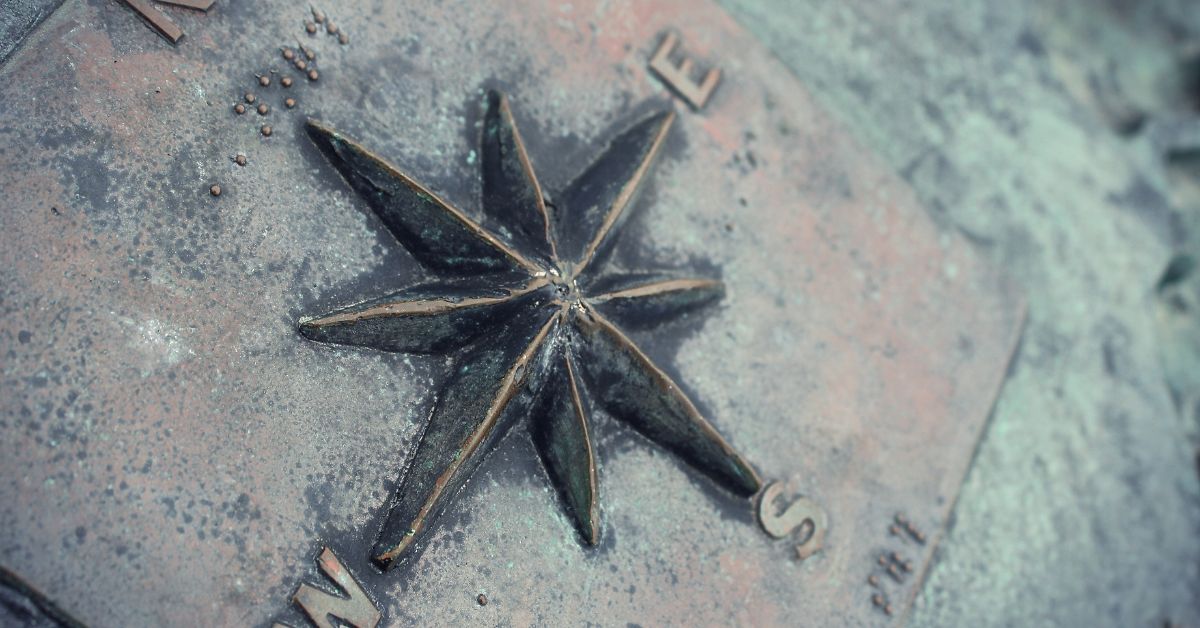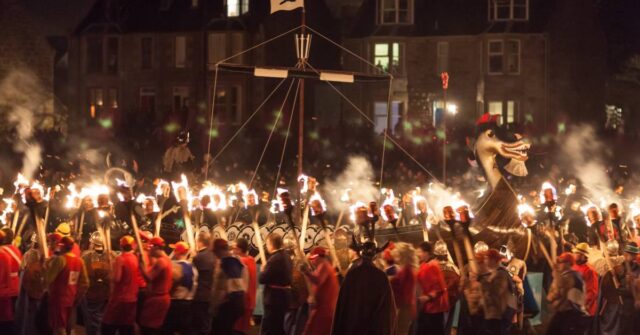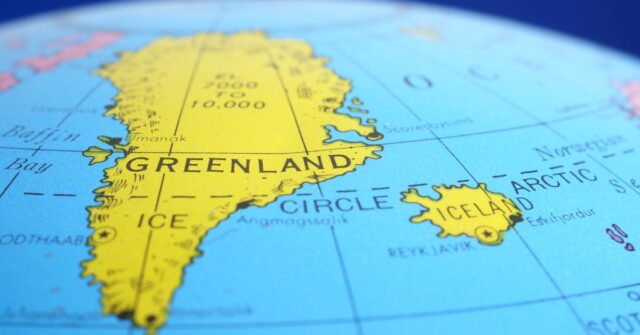Imagine setting sail without Google Maps, no GPS, just the vast, open sea and the stars. This was the reality for the Vikings, the legendary seafarers of the medieval period.
Their ability to traverse the treacherous waters of the North Atlantic, reaching as far away as the coasts of North America, has long fascinated historians and enthusiasts alike.
Let’s embark on a journey to uncover the secrets of how the Vikings navigated the open sea.
Introduction
Delving into the world of Viking navigation reveals a fascinating blend of courage, ingenuity, and a profound connection with the natural elements.
This section sets the stage for understanding how the Vikings embarked on their legendary voyages, laying the groundwork for a deeper exploration of their navigational skills.


Overview of Viking Exploration
The Vikings, originating from what is now Denmark, Norway, and Sweden, embarked on expansive voyages from the late 8th to the early 11th century.
Their travels took them from the shores of England and France, across the North Atlantic to Iceland and Greenland, and possibly even to the shores of North America, long before Columbus.
These expeditions were not just raids; they were exploratory voyages that demonstrated the Vikings’ remarkable seafaring abilities.
The Importance of Sea Navigation in Viking Culture
Sea navigation was more than a skill for the Vikings; it was a crucial element of their culture. The sea connected their expansive territories, facilitated trade, and enabled their famed raids.
The sagas, rich in tales of adventure and exploration, reflect the centrality of seafaring in their worldview. To a Viking, mastering the sea was as crucial as wielding a sword.
The Vikings’ Nautical World
The design of their longships and the expanse of their voyages are a testament to the Vikings’ sophisticated understanding of seafaring.
Here, we delve into the heart of Viking maritime prowess, exploring the features that made their expeditions possible across the unpredictable waters of the ancient world.
Understanding the Viking Longship
The Viking longship, with its iconic slender hull and shallow draft, was perfectly designed for both speed and ocean-crossing capability.
These vessels were marvels of their time, capable of navigating both open seas and shallow rivers.
Their flexibility was a key to the success of Viking voyages, allowing them to reach distant and varied destinations.
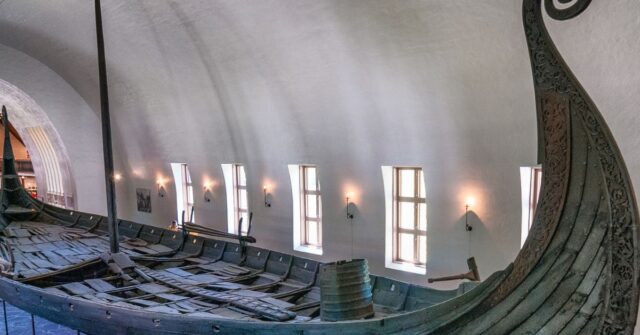

Geographical Extent of Viking Voyages
The Vikings’ navigational skills enabled them to explore territories vast and diverse.
From the icy shores of Greenland to the balmy coasts of the Mediterranean, their journeys were as varied as they were impressive.
Their possible landing in North America, around 500 years before Columbus, speaks volumes about their navigational prowess.
Tools of Navigation
Navigational tools and techniques were the cornerstone of Viking exploration success.
From the sun compass to the mythical sunstone, this section uncovers the artifacts and natural phenomena the Vikings utilized to find their way across vast oceans, illustrating their innovative approach to navigation.
The Sun Compass
The sun compass was a vital navigational tool, allowing Vikings to determine direction during the day.
Even on cloudy days, they could use a sun shadow board to track the sun’s movement through the obscured sky, a testament to their ingenious navigation techniques.
Using the Stars to Navigate
At night, the Vikings turned their eyes to the stars. They used the positions of specific stars, much like sailors of later centuries, to find their way across the open sea.
The North Star, or Polaris, was particularly important, as it remains stationary in the sky, providing a fixed point for navigation.


The Importance of Landmarks and Coastal Navigation
When closer to shore, Vikings relied on landmarks and coastal features for navigation. This technique, known as “piloting,” involved recognizing hills, cliffs, and other coastal markers.
They also used soundings, measuring the depth of the water, to avoid shallow areas and navigate safely to their destinations.
Legendary Navigation Aids: The Sunstone
Legend has it that Vikings used a “sunstone,” a type of crystal, to locate the sun’s position even on overcast days.
While evidence is sparse, the sunstone is a captivating example of the Vikings’ innovative approaches to navigation.


Techniques and Knowledge
Beyond the physical tools, the Vikings possessed a deep understanding of the sea’s rhythms and the skies above.
This segment explores the knowledge and practices that allowed them to read the environment and make their way through uncharted territories with astonishing precision.
Reading Weather Patterns and Ocean Currents
Understanding weather and ocean currents was crucial for Viking navigators.
They learned to read cloud formations, wind patterns, and sea conditions, using this knowledge to avoid storms and take advantage of favorable winds and currents.
The Role of Birds and Marine Life in Navigation
Vikings also observed birds and marine life to guide them. For instance, the sighting of certain seabirds indicated the proximity of land.
They understood the behaviors of these animals and used them as natural signs to guide their journeys.
Oral Traditions and Saga as Navigation Aids
The sagas, beyond being compelling stories, served as oral maps, detailing the routes to far-off lands.
These narratives passed down through generations, provided navigational cues, illustrating the Vikings’ deep cultural connection to the sea.
Challenges at Sea
The open sea was a formidable adversary, filled with challenges that tested the limits of Viking resilience and ingenuity.
This section reflects on the adversities faced during their voyages and how overcoming these obstacles contributed to their legendary status as navigators.
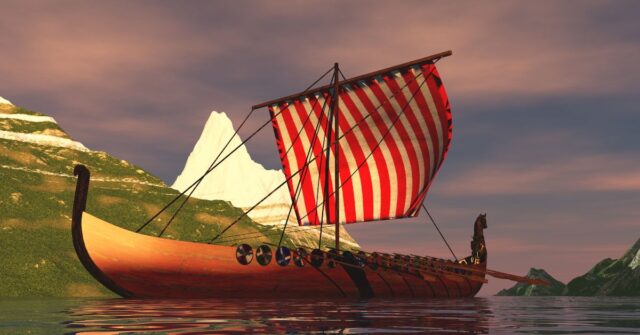

Dealing With the Open Ocean: Viking Resilience
Viking sailors faced the vastness of the ocean with a combination of skill, knowledge, and an unparalleled spirit of adventure
Their resilience in the face of the unknown was a key factor in their navigational success.
Navigational Challenges and How They Were Overcome
From sudden storms to the challenge of maintaining a steady course without modern instruments, Vikings encountered numerous obstacles.
Yet, through a deep understanding of their environment and remarkable adaptability, they overcame these challenges, making their way into history as legendary navigators.
Viking Navigation: Myth vs. Reality
Separating fact from fiction in the narrative of Viking navigation unveils the true extent of their achievements.
This part of our journey dispels the myths, bringing into focus the real methods and tools that guided the Vikings across the seas, as confirmed by archaeological discoveries and historical research.
Debunking Common Myths About Viking Navigation
While myths abound regarding Viking navigation, including fantastical tales of mythical creatures guiding the way, the truth is even more impressive.
Their achievements were the result of human ingenuity and a profound understanding of the natural world.
What Recent Archaeological Finds Tell Us
Recent archaeological discoveries, including shipwrecks and navigation tools, provide new insights into Viking navigation techniques.
These findings confirm the sophistication of their methods and their ability to traverse vast distances with remarkable accuracy.
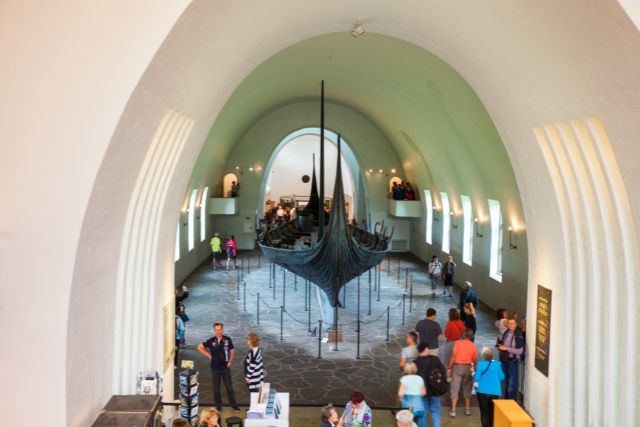

The Legacy of Viking Navigation
The influence of Viking navigation extends far beyond their time, impacting modern seafaring and exploration.
This concluding section examines the enduring legacy of their journeys, highlighting how their spirit of adventure and innovation continues to inspire today.
Influence on Modern Navigation Techniques
The legacy of Viking navigation extends into the present day. Many of their techniques, from the use of stars for navigation to the design of their ships, have influenced modern seafaring practices.
Their spirit of exploration continues to inspire adventurers and explorers around the globe.
The Cultural Legacy: How Viking Navigation Shaped Exploration History
The Vikings’ navigational achievements have left an indelible mark on the history of exploration. They pushed the boundaries of the known world, setting the stage for the age of discovery that would follow.
Their legacy is a testament to the power of human curiosity and the desire to explore the unknown.
Conclusion
As we prepare to dock at the end of our voyage through the intricacies of Viking navigation, it becomes clear that the legacy of these intrepid explorers extends far beyond the routes they charted and the lands they discovered.
This final section reflects on the key insights gleaned from our exploration, celebrating the enduring fascination with Viking navigational prowess.
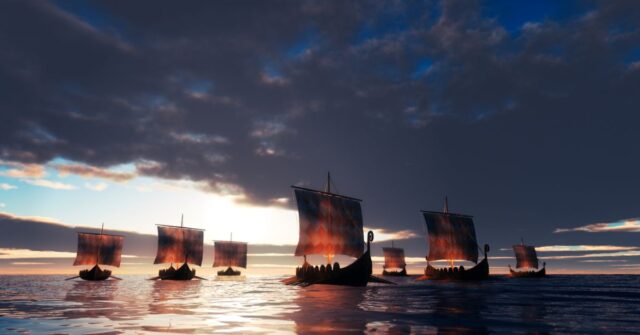

Summary of Key Points
In retracing the navigational paths of the Vikings, we uncover a story of human ingenuity, adaptability, and the unquenchable thirst for exploration.
Their mastery of the seas, using the tools and knowledge at their disposal, is a remarkable chapter in the history of navigation.
The Enduring Fascination with Viking Navigation
The Vikings’ ability to navigate the open sea continues to captivate and inspire.
Their legacy reminds us that the spirit of exploration is not just about the destinations reached but about the journey and the discoveries made along the way.
So, next time you glance at your modern GPS, spare a thought for the Vikings, who charted their courses by the stars and the sea.

